The Top 5 Largest Marine Animals in the World
The oceans are home to some of the most fascinating and awe-inspiring creatures on Earth. These marine giants play crucial roles in maintaining the balance of marine ecosystems and capturing our imaginations with their sheer size and beauty. Today, let’s explore the top five largest marine animals in the world and learn some incredible facts about them.
1. Blue Whale
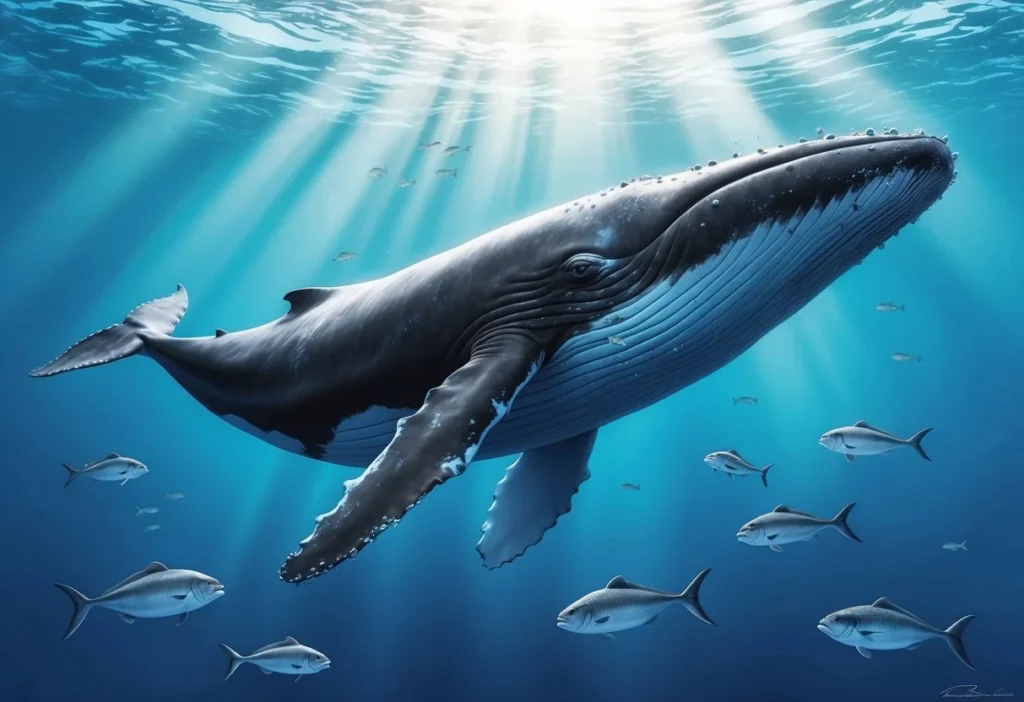
The blue whale (Balaenoptera musculus) is the largest animal ever known to exist, not just in the ocean but on Earth itself. These marine mammals can grow up to 98 feet (30 meters) and weigh an astonishing 200 tons. Their hearts alone are as large as a small car! Found in oceans worldwide, blue whales primarily feed on tiny shrimp-like creatures called krill, consuming up to 4 tons daily during feeding seasons. Despite their enormous size, blue whales are known for their graceful movements and hauntingly beautiful calls that travel across the ocean.
2. Fin Whale
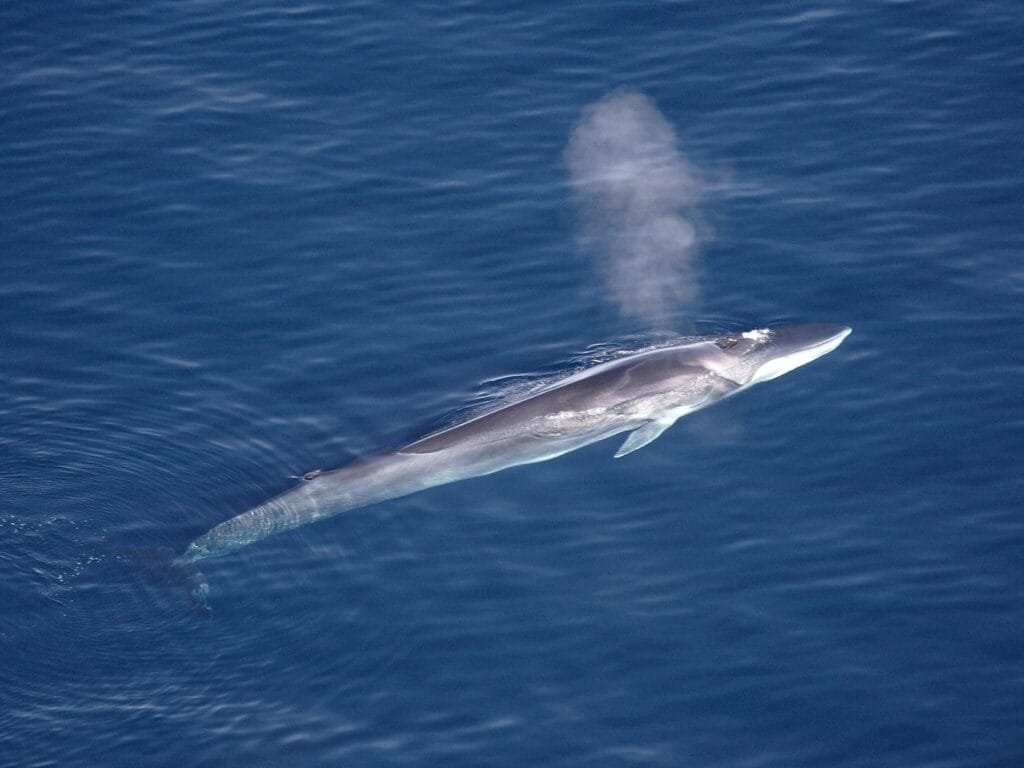
The fin whale (Balaenoptera physalus), often referred to as the “greyhound of the sea,” is the second-largest animal on Earth, reaching lengths of up to 26 meters (85 feet). Sleek and fast, it can swim at speeds of up to 37 km/h (23 mph). Fin whales are filter feeders, consuming krill, small fish, and squid. Found in both the Northern and Southern Hemispheres, these whales are critical to nutrient cycling in the ocean, as their feeding and diving behavior help mix layers of seawater.
3. Sperm Whale
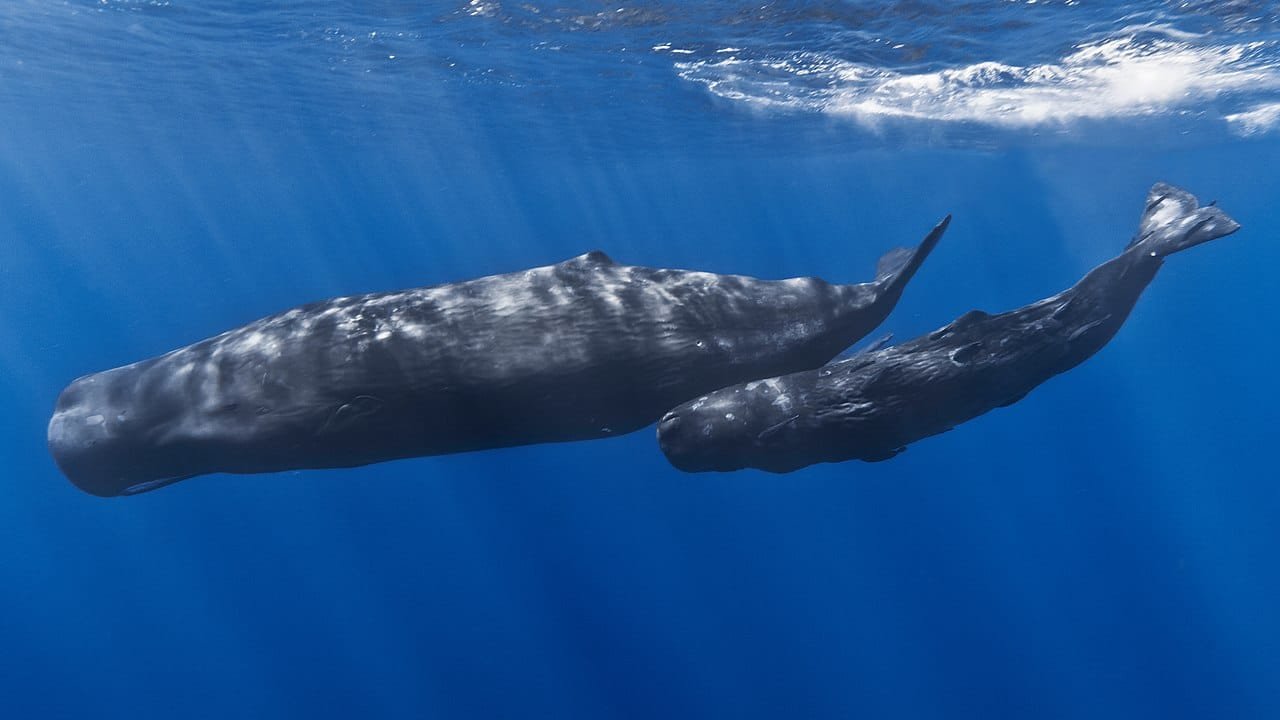
The sperm whale (Physeter macrocephalus) is the largest toothed predator in the ocean, growing up to 20 meters (67 feet) long and weighing as much as 57 tons. Famous for its massive head and large brain—the largest of any animal—it dives to extreme depths of 3,000 meters (9,800 feet) in search of giant squid, its primary prey. Sperm whales are also highly social, often seen in groups called pods, and use echolocation to communicate and navigate through the dark ocean depths.
4. Whale Shark
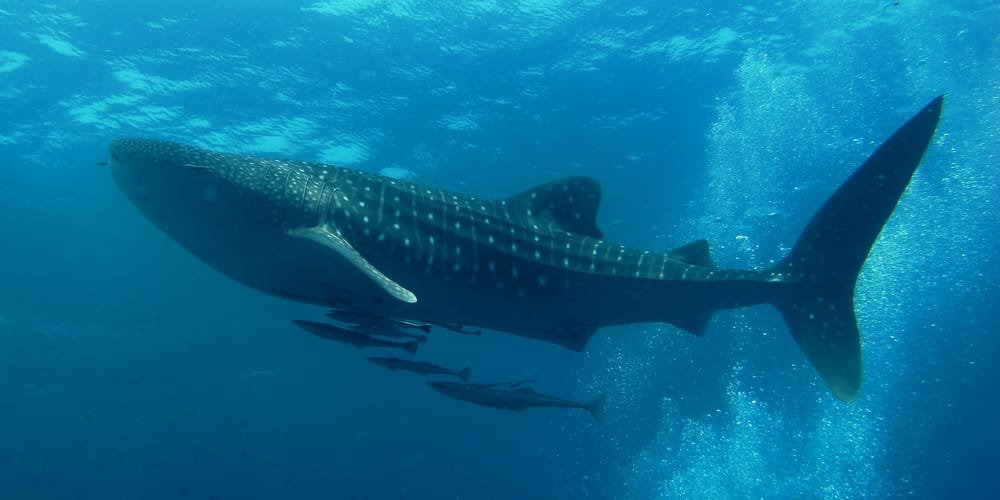
The whale shark (Rhincodon typus) is the largest fish in the ocean, measuring up to 18 meters (59 feet) in length. Despite their immense size, they are harmless filter feeders, consuming plankton, fish eggs, and small marine creatures. Found in tropical and warm waters, whale sharks are gentle giants that often swim near the surface, making them a favorite among divers and ecotourists. Their spotted patterns are unique to each individual, much like human fingerprints.
5. Bowhead Whale
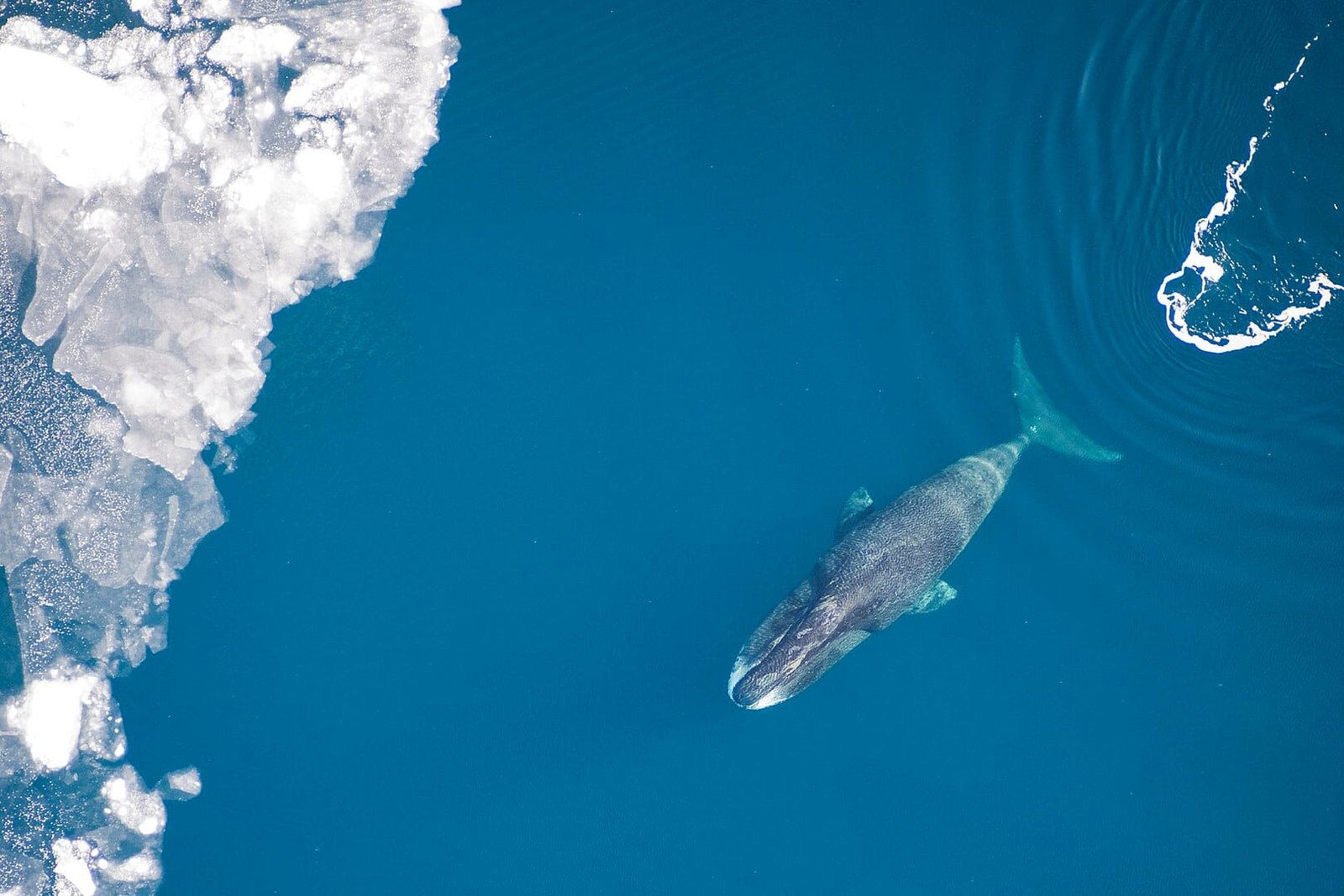
The bowhead whale (Balaena mysticetus) is a heavyweight of the Arctic, measuring up to 18 meters (59 feet) in length and living for over 200 years, making it one of the longest-living mammals. These whales are uniquely adapted to icy environments, using their massive skulls to break through thick sea ice. They feed primarily on tiny organisms such as copepods and other zooplankton, and their thick layer of blubber helps them survive in frigid waters.
The largest marine animals demonstrate the remarkable diversity of life in our oceans. From the filter-feeding blue and fin whales to the diving sperm whale and the gentle whale shark, each plays a unique role in its ecosystem. The bowhead whale, with its incredible longevity, reminds us of the resilience of life in the harshest environments.
However, these giants face numerous threats, including climate change, habitat loss, and overfishing. By understanding and appreciating these magnificent creatures, we can take steps to protect them and ensure they continue to thrive in our oceans for generations to come.
Marvel at their size, respect their role, and join the effort to conserve the giants of the deep. Our oceans—and these majestic creatures—depend on it!
For more top 5:
